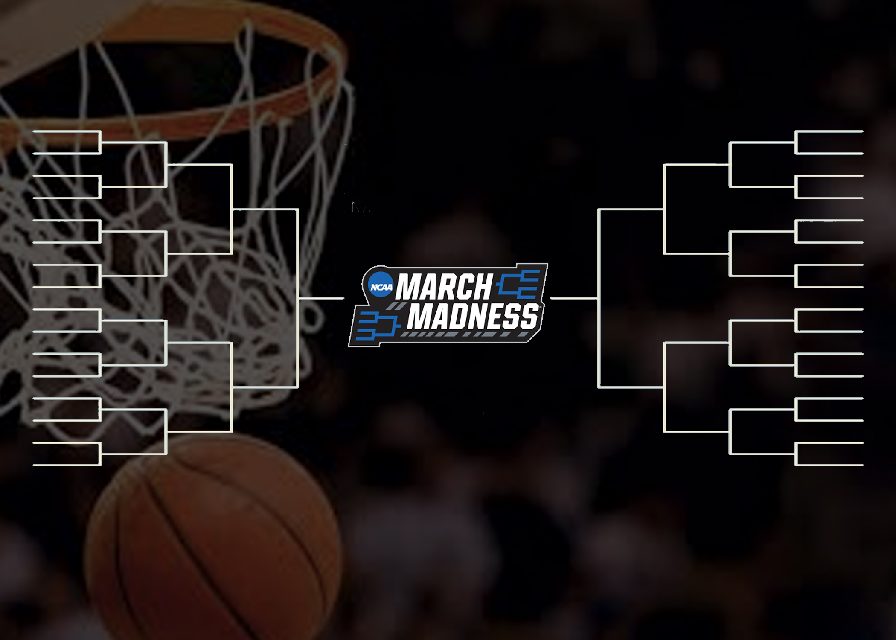The teams that make the tournament are put into a bracket
Seeding
Understanding what makes March
The most controversial component of Bracketology, seeding, involves assigning each team a numerical ranking from 1-16, which will dictate their path in the tournament. This is chosen by a committee of analysts, who gather on Selection Sunday to put together the final bracket.
Logically, number one seeds are the best in the region, whereas 16-seeds are the worst. Although 68 teams compete in the tournament, the games are broken up into four regions: East, West, Midwest, and South. These names have nothing to
do with location or teams and just refer to the organization of the bracket and where games will be played. No team has home-court advantage in this tournament, and all games are played in predetermined locations.
Although you may hear about “ranked teams,” which simply refers to the Associated Press’s ranking of teams during the season. They assign the top 25 teams in the country a ranking, in order to get a better perspective of the teams prior to the tournament.
Aside from just organizing the teams, the tournament’s selection committee has the responsibility of deciding which teams will earn a spot in the tournament at all. As stated before, there are 32 conferences, which ensures 32 automatic bids, but the remaining 34 teams receive what are called “at-large bids.” This form of selection rewards good teams who did not win their conference tournaments, focusing on overall record, conference performance, wins against ranked teams, and expected performance in the National Tournament.
This process of selecting teams through these two factors results in “bubble teams,” teams that had good seasons and will be considered for selection but shouldn’t be locked in as certain bids. These teams are finalized into a group of eight: the last four in and the first four out.
Selection Sunday is often so dramatic because of upsets in conference tournaments. Analysts will have brackets planned, but when a non-ranked team wins a good conference, like Virginia Tech this year in the ACC, they will now be put into the pool of confirmed bids, shoving another team out of the tournament. A team like Duke, who did not win the ACC, is still a good team and will undoubtedly be included in the tournament regardless of their performance in the conference tournament. Now, a bubble team like Texas A&M, who also did not win their conference, is pushed further toward the edge of the bubble since Duke is a much more likely at-large bid. The 68th projected team in the tournament is now pushed to 69th, effectively missing out on the tournament entirely.
